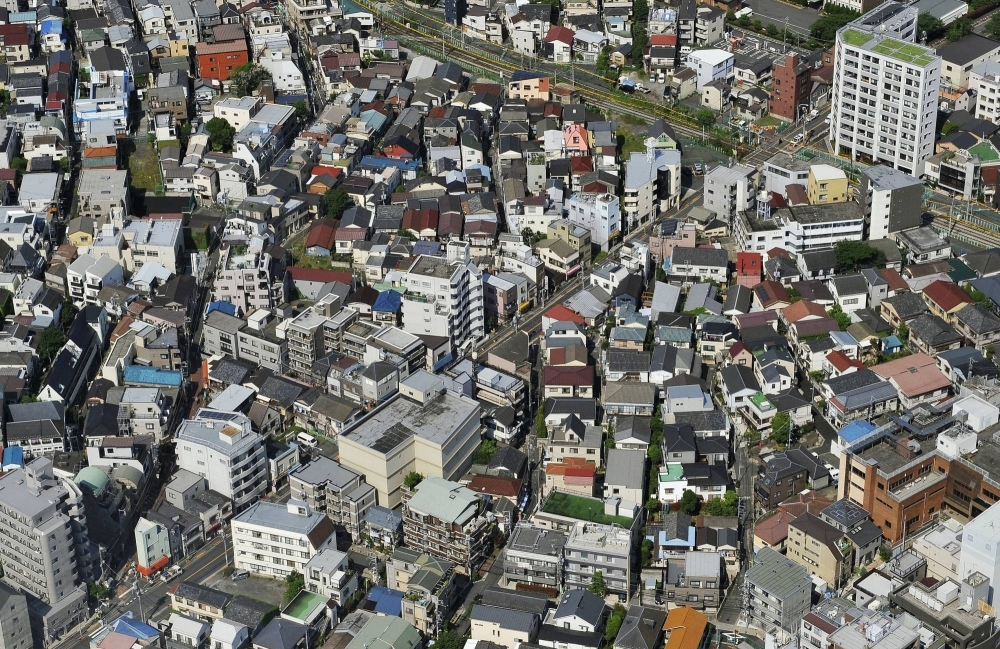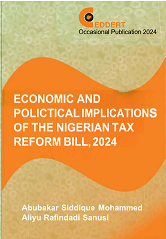The Tokyo Metropolitan Government is working to reduce the areas where old wooden houses are concentrated to zero in the 2040s in preparation for a major earthquake that could strike the capital.
As of 2020, Tokyo had some 8,600 hectares of such areas that are expected to suffer particularly severe damage in the event of a large quake. In the major quake that shook Tokyo and surrounding areas a century ago, some 92,000 people were killed in the fire that broke out in such areas.
When central Tokyo was rebuilt after the 1923 quake, disaster-afflicted people and reconstruction workers built houses in surrounding areas, which are said to be the origin of the current areas with many old wooden houses.
After the end of World War II, the metropolitan government planned large-scale redevelopment, including in areas with many wooden houses.
But the effort was left undone in most areas due to funding difficulties. "Areas that were spared from the disaster and war have been left behind," a metropolitan official said.
Since 2013, the metropolitan government has been actively promoting the rebuilding of old wooden houses by providing subsidies and tax breaks in designated zones where intensive efforts are needed.
Thanks to such efforts, the size of areas crowded with wooden houses in Tokyo shrank from about 24,000 hectares in 1996 to about 8,600 hectares in 2020, though still far from zero.
In these zones, roads are narrow and land rights are complicated, making it difficult to rebuild houses and widen roads. "There are many people to negotiate with, such as owners and people renting houses," a metropolitan official said.
Nationwide, there were 1,875 hectares of urban areas which were at high risk of fire spreading in the event of a disaster or where people were difficult to evacuate due to narrow roads, as of the end of fiscal 2022, though down from 5,745 hectares in fiscal 2012.
culled from Japan Times






